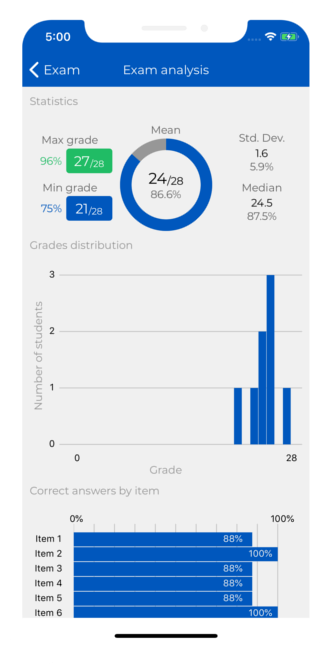

#Smartgit evaluation period ended software
Other users which have their own clone of the origin repository, pull (see 3.2.2) from the remote repository to get your pushed changes.īranches can be used to store independent commits in the repository, e.g., to fix bugs for a released software project and continue to develop new features for the next project version. Later on, after you have committed a couple of changes, you can push (see 3.2.1) them back to the remote repository. These changes will be stored in your local repository only, you don’t even need to have access to a remote repository when committing. Git-Concepts Having the local repository containing all project files from origin, you can make changes to the files in the working tree and commit the changes. The cloning-step is comparable with the initial SVN checkout for getting a local working copy. Then the local repository is connected to the remote repository which, from the local repository’s perspective, is referred to as origin. To create a local repository, you need to clone the remote central repository. The attached repository (or more precise: the repository’s meta data) is located in the D:\my-project\.git directory.Īs with all version control systems, there typically exists a central repository containing the project files.

Then this directory represents the working tree containing all files to edit. Example Let’s assume you have all your project related files in a directory D:\my-project.

So-called bare repositories which are used on servers in the meaning of central repositories don’t have a working tree. Each working tree has its corresponding repository. Git’s working tree is the directory where you can edit files. With Git everything is a repository, even the local ”working copy” which always refers to a complete repository, not just to parts of it. SVN working copies can refer to the entire repository or just to parts of it. Classical centralized version control systems like Subversion (SVN) use working copies which are related to exactly one repository. The following section helps you to easily start-up with Git and tries to give you an understanding of the fundamental concepts of Git for efficient working.įirst, we need to define some Git-specific names which may differ in their meaning with those you already know from other version control systems, for example Subversion. We want to thank all users, who have given feedback to SmartGit and in this way helped to improve it, e.g., by reporting bugs and making feature suggestions. Typical areas of applications are software projects, documentation projects or website projects. SmartGit’s target audience are users who need to manage a number of related files in a directory structure, to coordinate access to them in a multiuser environment and to track changes to these files. Git is a distributed version control system (DVCS). SmartGit is a graphical Git client which runs on all major platforms. 20 5 Installation and Files 5.1 Location of SmartGit’s settings directory 5.2 Notable configuration files. 20 4.3 Specifying VM options and system properties. 3.3 Local Operations On The Working Tree. 3.2 Synchronizing With a Remote Repository 3.2.1 Push. 2.3.2 Branches Are Just Pointers 2.4 Commits. 1 Introduction 2 Git-Concepts 2.1 Repository, Working Tree, Commit 2.2 Typical Project Life-Cycle.


 0 kommentar(er)
0 kommentar(er)
